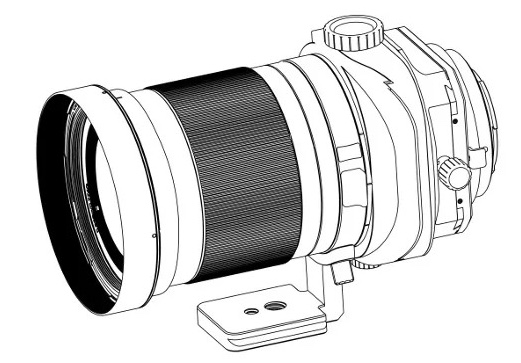
Viltrox has a new patent for a tilt-shift lens – the details can be found here:
I also updated my last post on upcoming Viltrox lenses with the first picture of the Viltrox 2x teleconverter (see patent):

Viltrox has a new patent for a tilt-shift lens – the details can be found here:
I also updated my last post on upcoming Viltrox lenses with the first picture of the Viltrox 2x teleconverter (see patent):
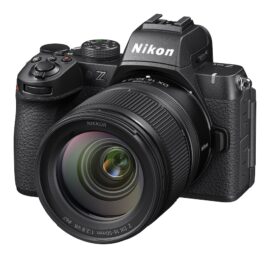
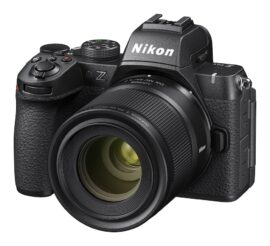
The new Nikkor Z DX 16-50mm f/2.8 VR and NIKKOR Z DX 35mm f/1.7 lenses are now in stock at most retailers – check availability at:
Additional information on the two new Z DX lenses can be found here.
→ Fun and affordable lenses for the Nikon Z mount:
→ The Chinese band Cheecar released a new 50mm f/1.2 APS-C lens for Nikon Z-mount with fluorescent markings (cheecar lenses are sold on eBay). Additional information is available here.
→ Gashapon released new Nikon keychains in Japan (vending machine-dispensed capsule toys – see previous coverage). You may be able to find some Gashapon Nikon toys on eBay.
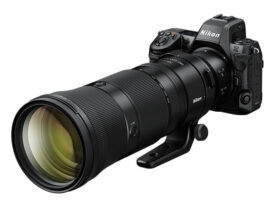
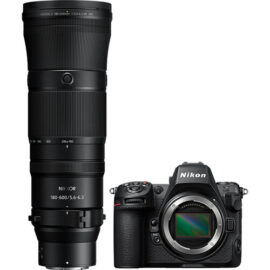
→ B&H now sells the Nikon Z8 with a Nikkor Z 180-600mm f/5.6-6.3 lens combo (currently $700 off).
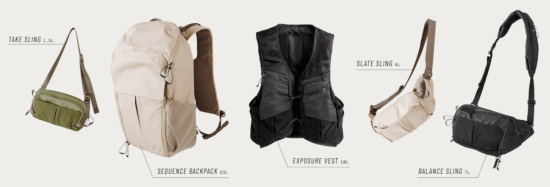
→ Moment announced a new line of ultra-light camera bags and a new photo vest.

→ The new Skylum Luminar Neo Fall 2025 update will launch in early November 2025 with some key additions: AI restoration tools, advanced lighting, an intelligent assistant, and a cross-device ecosystem. Additional informtion can be found here.

Nikon dominates the 2025 DGP Imaging Award with four Grand Gold awards/Special Jury Award (wins half of all awards):
| Award Name | Award-winning brands | Award-winning model |
| Grand Gold Award (Photography Category) | NIKON | Z5II |
| Grand Gold Award (Photography Category) | NIKON | Z50II |
| Grand Gold Award (Videography Category) | PANASONIC | LUMIX DC-S1M2 |
| Grand Gold Award (Compact Category) | RICOH | GR IV |
| Grand Gold Award (New Concept Category) | DJI | Osmo 360 |
| Grand Gold Award (Interchangeable Lens) | NIKON | NIKKOR Z 24-70mm f/2.8 S II |
| Grand Gold Award (Interchangeable Lens Category) | SIGMA | 20-200mm f/3.5-6.3 DG Contemporary |
| Special Jury Award | NIKON | ZR |
Additional information:
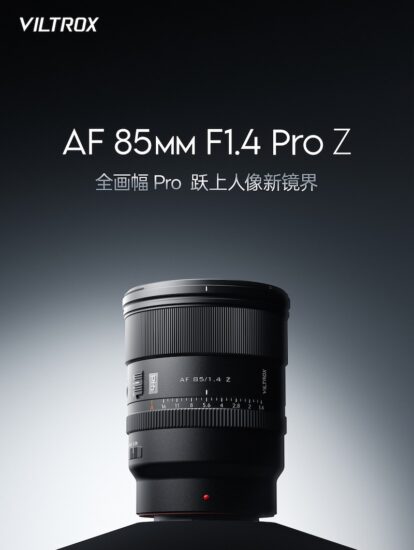
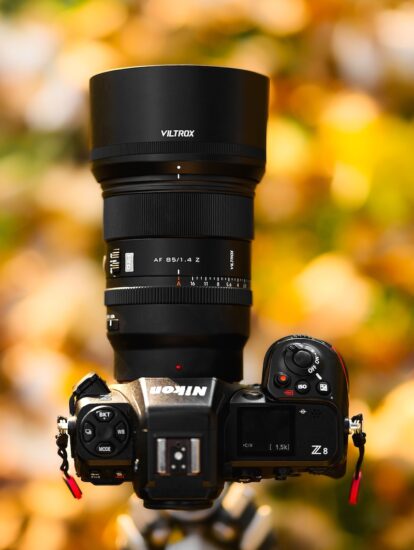
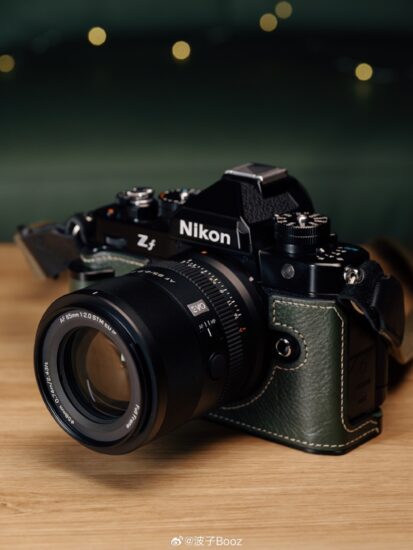
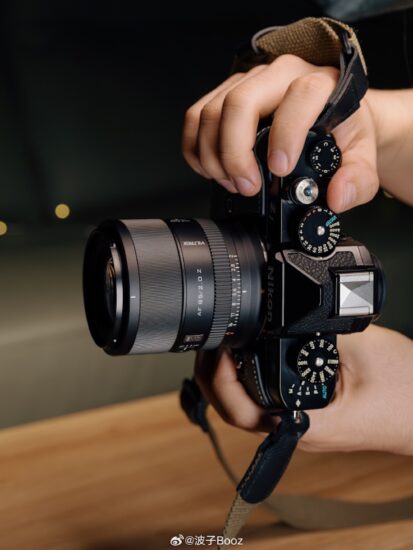
Viltrox is expected to release three new lenses for Nikon Z-mount (see all upcoming Chinese lenses):
Here is the classification of he different Viltrox product lines:
Update – here is the first picture of the upcoming Viltrox 2x teleconverter (see patent):
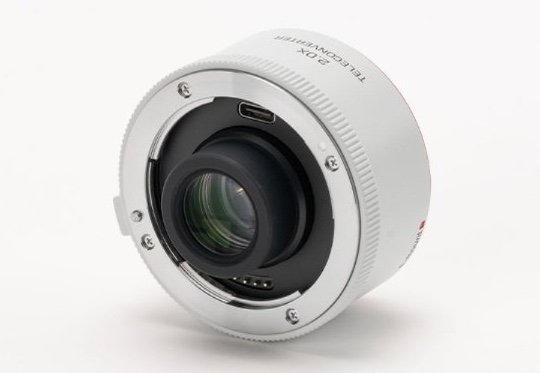
Check the official Viltrox website for updates and additional information.